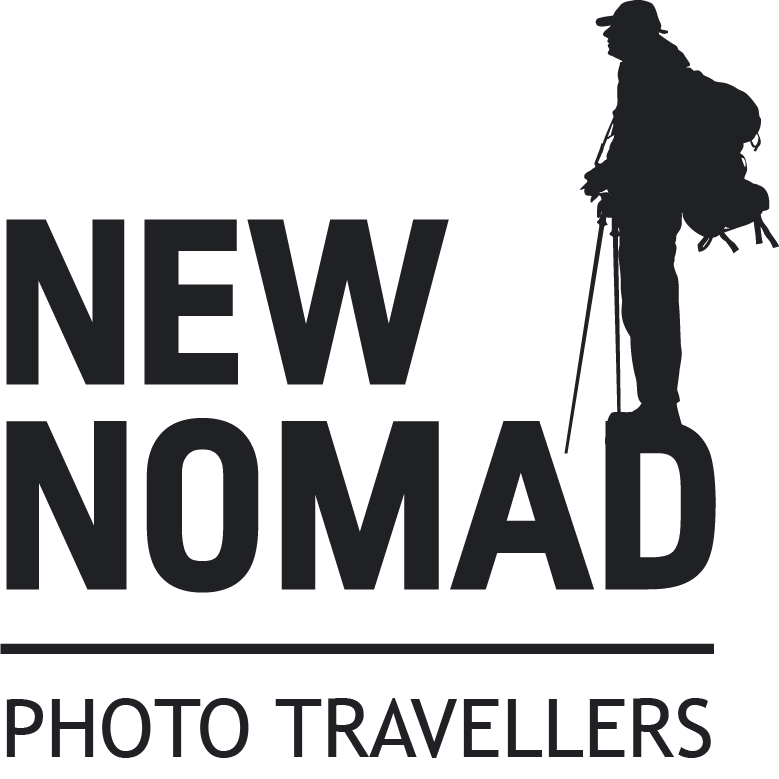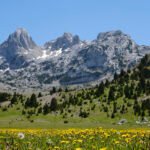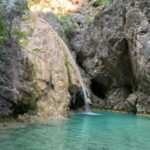Hutovo Blato
Hutovo Blato is a stunning nature and bird reserve located in Herzegovina‑Neretva Canton, spanning parts of the municipalities of Stolac and Čapljina in Bosnia and Herzegovina It stretches over approximately 7,411 ha (around 78 km²) and lies just 5–8 km from the town of Čapljina – and a little further toward Stolac. Hutovo Blato is a rich sub-Mediterranean wetland, shaped by the karst landscape typical of Herzegovina. The area includes six interconnected lakes—Deransko, Jelim, Drijen, Orah, Škrka, and the artificial Svitavsko—fed by the limestone massif of Ostrvo and linked by channels and ravines. Some lakes (like Jelim) lie below sea level, so they’re technically crypto‑depressions
The Krupa River, about 9 km long with an average depth of 5 m, connects these lakes to the Neretva River. Unique in Europe, the Krupa sometimes flows in both directions, when the Neretva pushes water upstream during high flow periods
Hutovo Blato is globally renowned as one of the largest bird wintering grounds in Europe, regularly hosting over 200–240 species of migratory and resident birds. The park also shelters over 600 plant species, with vegetation ranging from water lilies (e.g. Nymphaea alba, Nuphar luteum), sedges and reeds, to ash, oak, pine, willow, alder, blackberry, and pomegranate in meadow and forest zones.
Fish biodiversity is significant too—home to around 22 species, including endemic types like Neretva loach and migratory eel and carp linked to Adriatic ecosystems.
Cultural & Historical Significance
Within the park lies the Desilo underwater archaeological site, where Illyrian vessels dating back to the 1st–2nd century BC were discovered. These findings shed light on ancient trade between Illyrians and Romans
Nearby sits Hutovo Fortress, historically used along with the lakes for defense, particularly during Ottoman times
Protection & Recognition
-
First protected as a wildlife reserve in 1954, later designated Nature Park in 1995
-
Designated an Important Bird Area by BirdLife International (~1998) and registered under the Ramsar Convention in 2001, as well as at UNESCO
What to Do There
-
Boat or canoe safaris across lakes and canals to spot birds and rich flora.
-
Photo safari tours, especially rewarding during migration peaks.
-
Birdwatching platforms and observatories, plus an educational trail and interpretation center for environmental awareness
-
Sport fishing, recreation walking, cycling routes, and local cuisine (e.g. eel and carp dishes).
Opening hours generally include most days from 8 am to late afternoon; modest entrance fees apply (e.g. around 4 BAM for international visitors)





